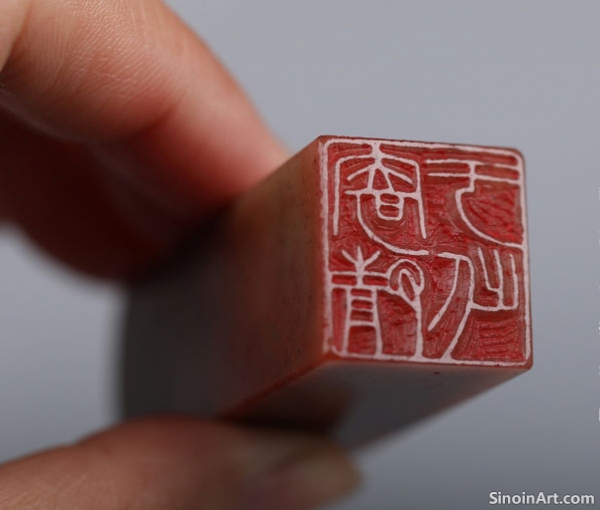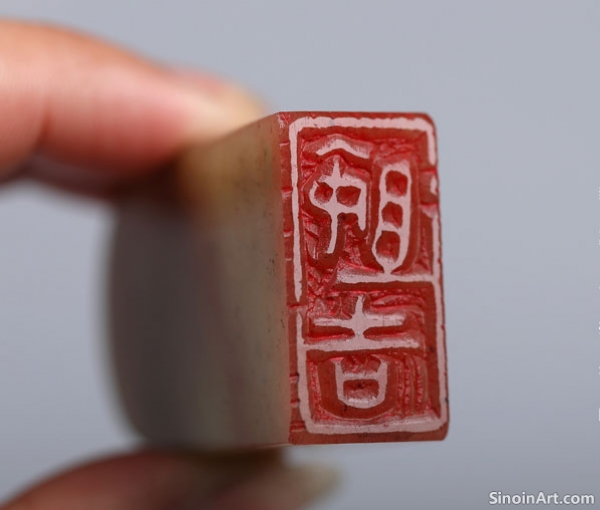The Use of Studio Seals in Art Collecting and Authentication
|
Studio seals are not only used by artists and scholars; they are also integral to the world of art collecting. Collectors often stamp their studio seals onto artworks, documents, and other items in their collection. This practice reflects the significance of studio seals in authentication, provenance, and their symbolic role as markers of cultural status. The practice of stamping seals is important to authentication, and the creation of a piece's provenance.  One of the primary functions of studio seals in art collecting is authentication. By stamping their seal on a piece, a collector indicates their ownership and approval of the artwork. The seal serves as a form of personal signature that provides an added layer of authenticity to the collected piece. The seals are used to signify ownership, and can also be used to denote the authenticity of an artwork.  Studio seals also help establish the provenance of an artwork. The presence of a collector's seal can provide insights into the artwork's history of ownership, and the different collectors it has passed through. These seals are markers of ownership, but they also provide information about the history of an artwork.  The use of studio seals by collectors also reflects their cultural status and taste. A collector who carefully chooses their seal reflects their values, interests, and their overall personality and preferences. The seals are both an indication of ownership, as well as an expression of the collector's personal identity. Collectors often incorporate several seals, rather than just one on an item. These seals include their personal seals, their studio seals, and additional seals representing their studio or hall. The choice of which seals to use, and the placement, are often meticulously chosen. Studio seals, in the world of art collecting, are more than just stamps of ownership. They contribute to the authentication, provenance, and cultural significance of the collected works, enriching their history and cultural meaning. Their use is an expression of personal taste, as well as the authentication of an artwork. |
Tag : Studio Seal in Art, Authentication Seals, Art Collection, Provenance, Seal Authentication
Related information
- The Materials of Seal Carving: From Stone to Ink
- Inscriptions of Studio Seals: Unveiling the Character of the Space
- The Symbolism of Name Seals: Beyond Personal Identification
- Tools of the Trade: Essential Equipment for Seal Carving
- Leisure Seals: A Personal Journey Through Carving and Collecting
This article explores the various materials used in Chinese seal carving, including the different types of stones, inks, seal pastes, and other supplies that contribute to the art form.
This article delves into the various types of inscriptions found on studio seals, exploring their meanings and how they reveal the nature and purpose of the studio or hall.
This article explores the rich symbolism associated with Chinese name seals, discussing the cultural and personal meanings embedded in the chosen characters, their styles, and the seal’s material.
This article explores the essential tools and materials used in Chinese seal carving, focusing on the importance of carving knives, stones, ink pads, and other specialized equipment.
This article reflects on the personal journey of those who engage with leisure seals, exploring the creative process of carving, the joy of collecting, and the deep personal meaning these objects hold.